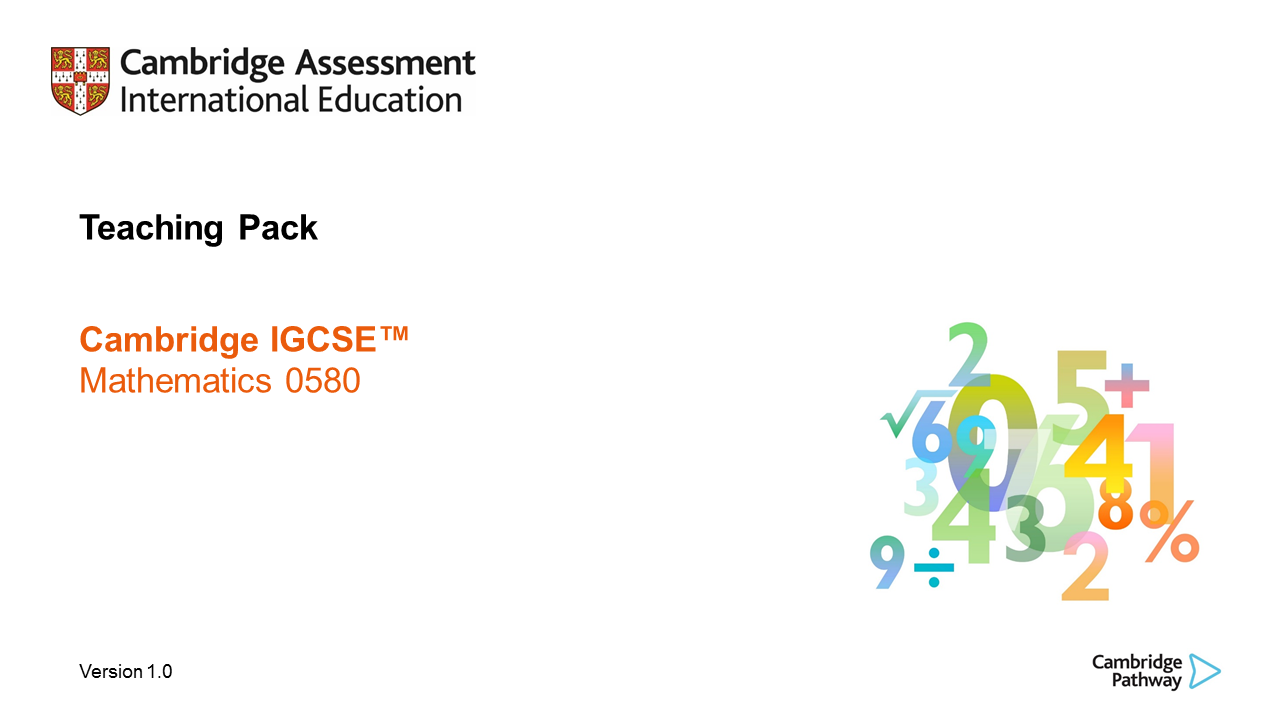Section outline
-
-
Lesson resources
-
Lesson 1 video
 Video transcript
A pair of compasses are a great tool for drawing accurate arcs and circles. Like any tool they require practice in setting up and use to achieve high quality results.
Video transcript
A pair of compasses are a great tool for drawing accurate arcs and circles. Like any tool they require practice in setting up and use to achieve high quality results.
First notice that the compasses have two arms. The longer arm has a point. This helps fix the compass on the page. The shorter arm holds the pencil.
When you insert the pencil, line up the point and the pencil to make it easier to draw a line. Then secure the pencil firmly so that it does not slip.
If you end up with arms of different lengths you may find it difficult to keep the compasses fixed on the page or you may find the pencil isn't drawing on the page smoothly. Take some time to get this right.
Now space the compasses apart. The width of the compasses is equal to the radius of the circle you are drawing so if you set your compasses to be 4 cm apart, the diameter of the circle will be 8 cm.
A compass needs to be fixed on the page by the compass point otherwise it won't be able to draw an accurate curve.
First draw a circle centre point on your page. This will help you if you find that your compasses slip.
Using your other hand, position the compass arm with the point directly on the circle centre point. Only hold one arm of the compass. If you hold both you may find you accidentally move one of the arms.
Now the compass rests on the compass point twist the top of the compass keeping the weight on the compass point.
When drawing using a compass you will find that slightly more weight needs to rest on the point end than the pencil end of the compass.
If the compass twists but the point stays on the page you have the right amount of weight on the compass point. If the compass point moves you need to apply more weight to the compass.
If you press too hard you will find you end up drawing a spiral instead of a circle.
Do not worry if you don't get it right first time. As we said before it can take practice to use a tool accurately. You need to understand how to balance the compasses to stop them from slipping.
Once you have practised holding the compass on its point you need to apply the pencil to the page. Some people turn the page to draw the circle, but it will be useful if you can practice twisting the compasses so that you do not need to move the entire page.
After you have practiced a few times try a couple of exercises to improve you skills.
First draw a circle of radius 3 cm. Then using the same centre, draw more circles increasing the radius by 1 cm each time. We describe different sized circles with the same centre as 'concentric' circles.
For your second exercise draw a circle of radius 5 cm in the centre of your page. Next place the compass point on the circumference of the circle you have drawn and draw a second circle. Move your compass point around and reposition it where the two circles cross over. Draw another circle of radius 5 cm. Move your compasses along again and again drawing circles each time.
-
